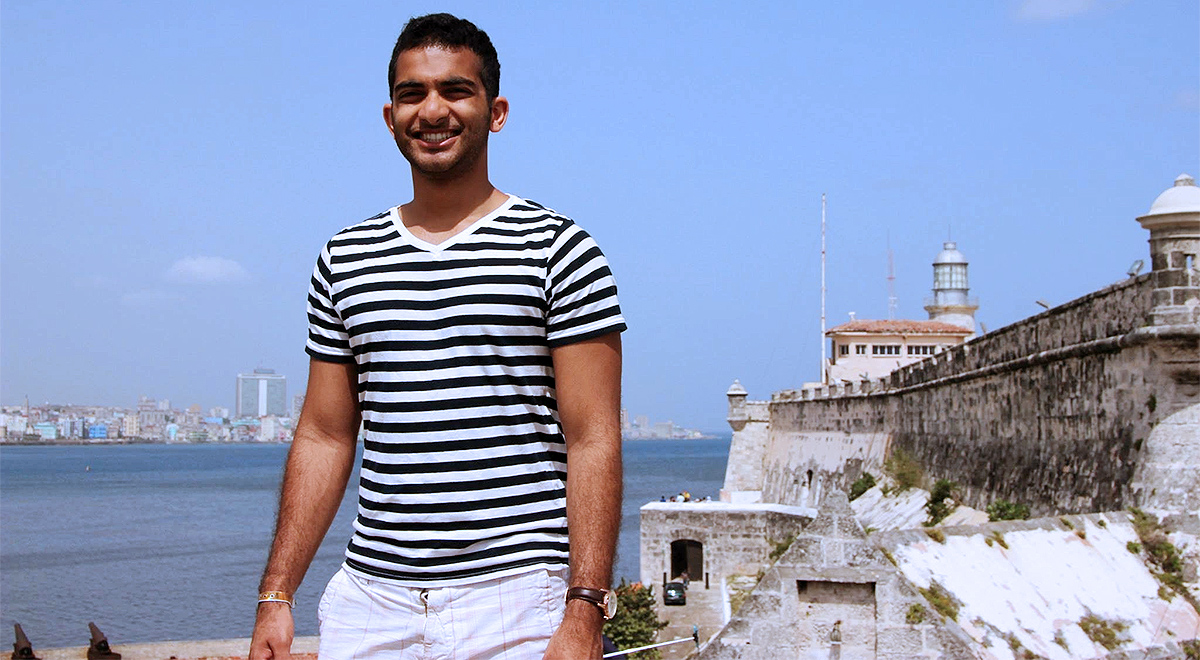Engineering a profitable portfolio
This young investor's strategy is not for the faint of heart
Advertisement
This young investor's strategy is not for the faint of heart

Share this article Share on Facebook Share on Twitter Share on Linkedin Share on Reddit Share on Email